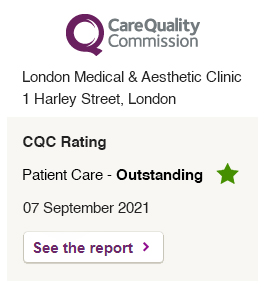Dr Ayham Al-Ayoubi lecturing at the 2nd International Conference on Cosmetology 2013, Chicago, USA.
Smartlipo Dr Ayham Al-Ayoubi was invited to lecture at the 2nd International Conference on Cosmetology & Trichology which was held on November 12-14, 2013 at Chicago- North shore, USA.
In this impeding world, focused on gaining power and capital, people discover it very late that when the marks on their body had outgrown their youth. Because of some of the portraits of history like Sushruta, the father of Surgery from India, Reconstructive surgery techniques were started being carried out, which made people regain and revive what they had lost.
From there on plastic surgery and various surgeries came into being with the extraordinary contribution of Egyptians, Romans, Latin Americans, and British we can customize our body with unimaginable techniques.
Cosmetology-2013 has encompassed the latest technologies and researches in the field of facial and reconstructive surgery, beauty and aesthetic medicine, gynecological cosmetology, phalloplasty, traditional & herbal techniques and many other fields.
Dr Ayham Al-Ayoubi quotes that Cosmetology 2013 is one of the best platform for Dermatologists, Surgeons, Otolaryngologists, Ophthalmologists, and Physicians working on “science of beauty” to showcase “beauty of science”.
Dr Ayham Al-Ayoubi was very interested to listen to Dr Howard Maibach lecture. Dr Maibach is an expert in contact and occupational dermatitis and sees patient at the Environmental Dermatosis Clinic, which is part of the Dermatology Clinic. His specialty is dermatotoxicology, or skin exposure toxicity; allergies and skin disorders; and dermatopharmacology or the study of medications for skin disorders.
Dr Maibach has been on the editorial board of more than 30 scientific journals and is a member of 19 professional societies including the American Academy of Dermatology, San Francisco Dermatological Society and the Internal Commission on Occupation Health. At present he is a professor in the Department of Dermatology at UCSF.
Dr Ayham Al-Ayoubi listen to Dr Gaylon McCollough lecture about the balance and harmony of facial plastic surgeory and in his presentation, Dr. McCollough demonstrated a variety of ways surgical and non-surgical techniques to enhance one’s appearance, and therefore, tilt the scales of opportunity in his or her favour.
Dr Ayham Al-Ayoubi has discussed the latest techniques in facial plastic surgery with Dr. McCollough who was recently included in the National Registry of Who’s Who. He is included in Woodward and White’s “Best Doctors in America”, “America’s Top Plastic Surgeons”, and was honored by the March of Dimes as “Alabama Citizen of the year” for 1994-95.
Dr. McCollough is the co-author of three major textbooks on facial and nasal plastic surgery and two non-medical books: Shoulders of Giants, and before and after. He is also the author of The Appearance Factor, one of the world’s most comprehensive consumer guides on ways that human beings can look, feel and perform better.
Dr Ayham Al-Ayoubi lectured about the future of laser body contouring; stating that over the last 10 years there has seen unprecedented growth in body contouring techniques using laser, ultrasound and radiofrequency energy.
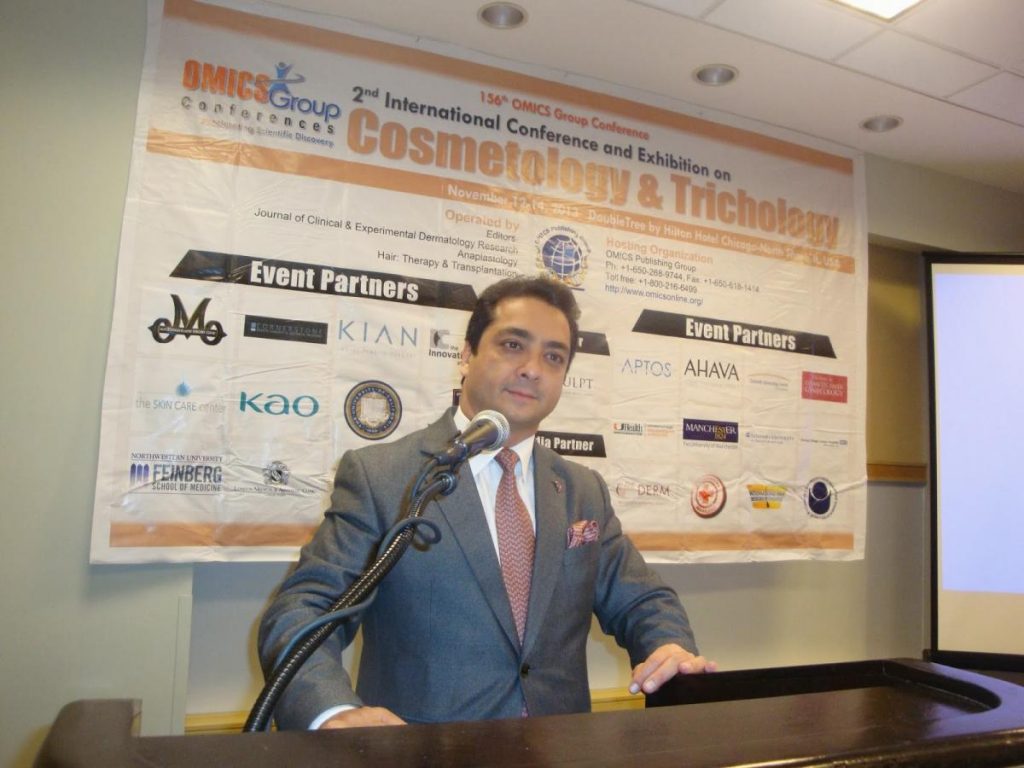
Dr Ayham Al-Ayoubi
The lecture will be about the latest innovations in the field of laser body contouring including the use of Smartlipo-Triplex in laser assisted liposuction and the revolutionary Cellulaze laser -The World’s First Aesthetic Laser with minimally invasive surgical approach to treat cellulite beneath the surface of the skin for the long-term reduction of cellulite.
The first part of the lecture focuses on the latest developments of laser liposuction and other laser advanced body contouring techniques with different approaches, including latest indications, outcomes and the forecast of future developments in this field.
Smartlipo-Triplex laser is the latest generation of laser lipolysis. This platform offers a solid state Nd:YAG laser capable of emitting laser radiation in three wavelengths: 1064nm, 1320nm and 1440nm. These versatile wavelengths can be used independently or can be uniquely blended using MultiPlex™ technology.
Cellulaze Dr Ayham Al-Ayoubi spoke in the second part of his lecture he incorporated the science of the revolutionary Cellulaze Laser technology offering a light-based solution for the treatment of cellulite. The system has a solid state Nd: YAG emitting light in the 1440-nm wavelength.
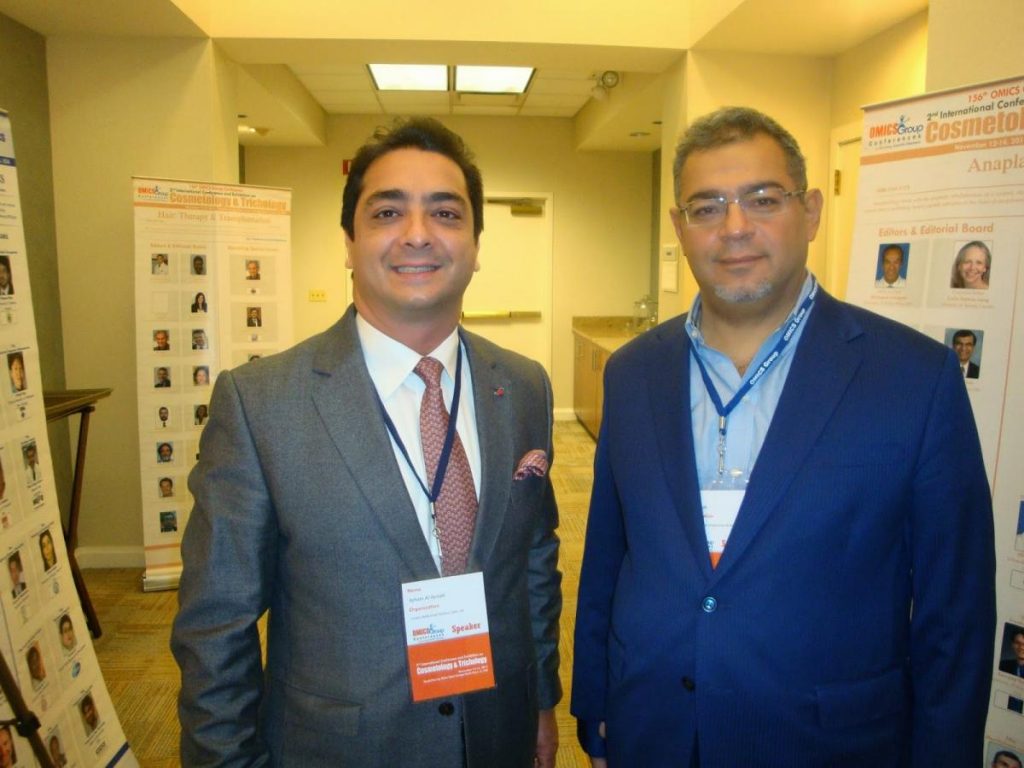
Cellulaze’s laser proprietary SideLight 3D side-firing technology directs controlled, laser thermal energy to the treatment zones – typically the buttocks and thighs.
The Cellulaze laser treatments have demonstrated a benefit from the use of subcutaneous laser energy in terms of tissue tightening through tissue coagulation as well as the regeneration of collagen and connective tissue.
Dr Ayham Al-Ayoubi was interested to learn about the study by Dr Alexander Krakovsky who found that people low in physical attractiveness earn 5% to 10% less than ordinary looking people, who in turn earn 3% to 8% less than those who are considered good looking. The evidence shows that our perception of physical beauty is hard wired into our being and based on how closely one’s features reflect Phi (a golden ratio) in their proportions
This magic little word sexy with its informal definition such as highly appealing or interesting, attractive or exciting changed the current world. Another physical trait believed as attractive is the waist to hip ratio in women. Men from many different cultures, ages and ethnicities most often picked women with a smaller waist to hip ratio.
The average ratio came out to around 0.7 or the waist being about 70% of the circumference of the hips. The reason for this “beauty” is based on sexual selection. A high concentration of estrogen in girls during puberty leads to about 35 pounds of fat being deposited on the hips and thighs, rather than the waist.
Across cultures, what is beautiful is assumed to be good. Attractive people are assumed to be more extroverted, popular, and happy. Self-confidence and self-esteem explain these findings as they are based on self-reported attractiveness as opposed to any sort of objective criteria.
More attractive people get better jobs and promotions, receiving better treatment from authorities and the legal system, having more choices in romantic partners, having more power in relationships and marrying into families with more money. In society, attractive people tend to be more intelligent, better adjusted, and more popular.
This is described as the halo effect – due to the perfection associated with angels.
For better or worse, the bottom line is that research shows Beauty Matters. It navigates society and affects how we choose loved ones.
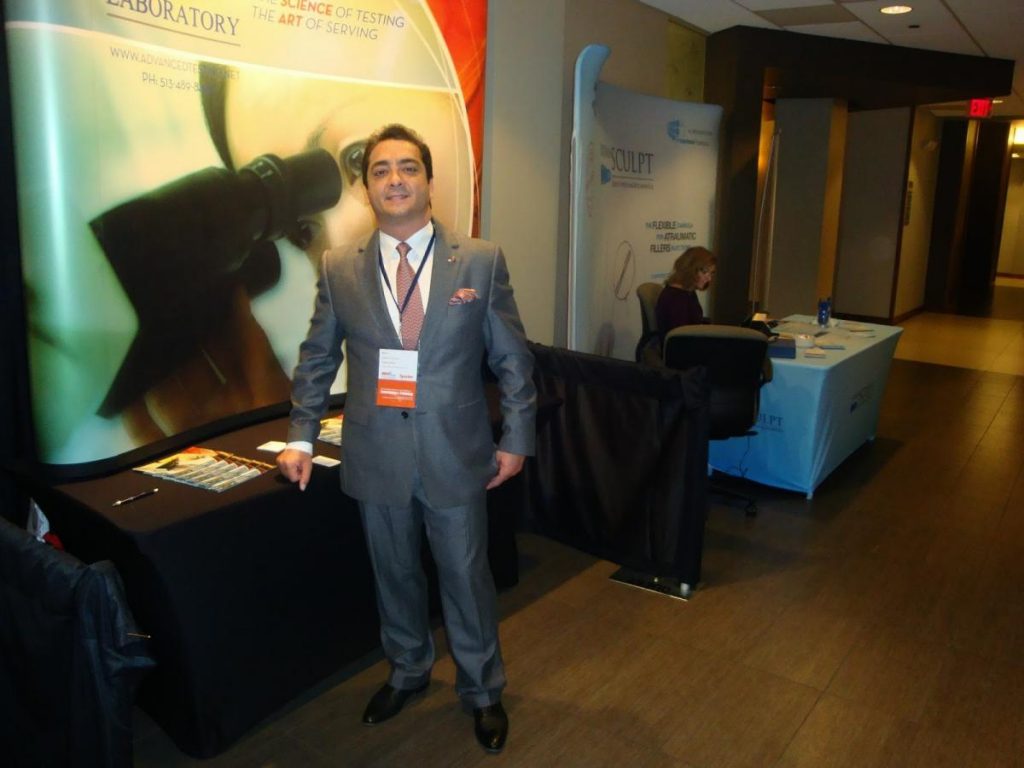
Dr Ayham Al-Ayoubi
Motivated to appear attractive may not be such a useless effort after all. Isn’t to say plastic surgery is the only and necessarily the answer. Also aesthetic and anti-aging medicine as well as healthy lifestyle makes you a beautiful and happier person.
Dr Ayham Al-Ayoubi had listened with great intrest to Dr Basher Bizrah lecture where he spoke about his advanced technique in Rhinoplasty for Middle Eastern patients with his new double dome creation, scoring, suture fixation, columellar strut and as indicated tip grafts.
It has the most predictable results, because of the preservation of the continuity of the lateral crus and obtaining a strong tripod of conjoined lateral to medial crura supported by columellar and tip grafts, thus reducing very much the possibility of asymmetry, alar collapse, dropped tip, pinching, notching and alar retraction. However, because of the lateral crus marginal incision and lateral crus delivery, there may be unavoidable problems due to wound healing, fibrosis and contracture such as mild notching, pinching alar retraction, collapse, asymmetry and dimpling.
In order to avoid even these problems, the author has developed a new technique which is largely based on the Goldman’s tip and the I-beam of medial crura but without lateral crus delivery; and lateral crus marginal incisions. This is in order to keep an intact alar rim and avoid any problems along the alar rim such as notching, retraction, collapse or asymmetry.
The author has been applying this technique for the last 14 years. In his opinion this technique is very useful to achieve tip projection, definition and refinement in the following situations:
Tip under projection, Short columella, Mild tip bulbousity, and In-revision cases.
The operative technique preoperative and the postoperative results will be fully discussed with timetables, photographs, illustrations and video presentation.
Dr Ayham Al-Ayoubi was intrested to listen to Dr Umar Daraz Khan lecture about his review of implant sizes in 164 consecutive asymmetrical augmentations mammoplasties.
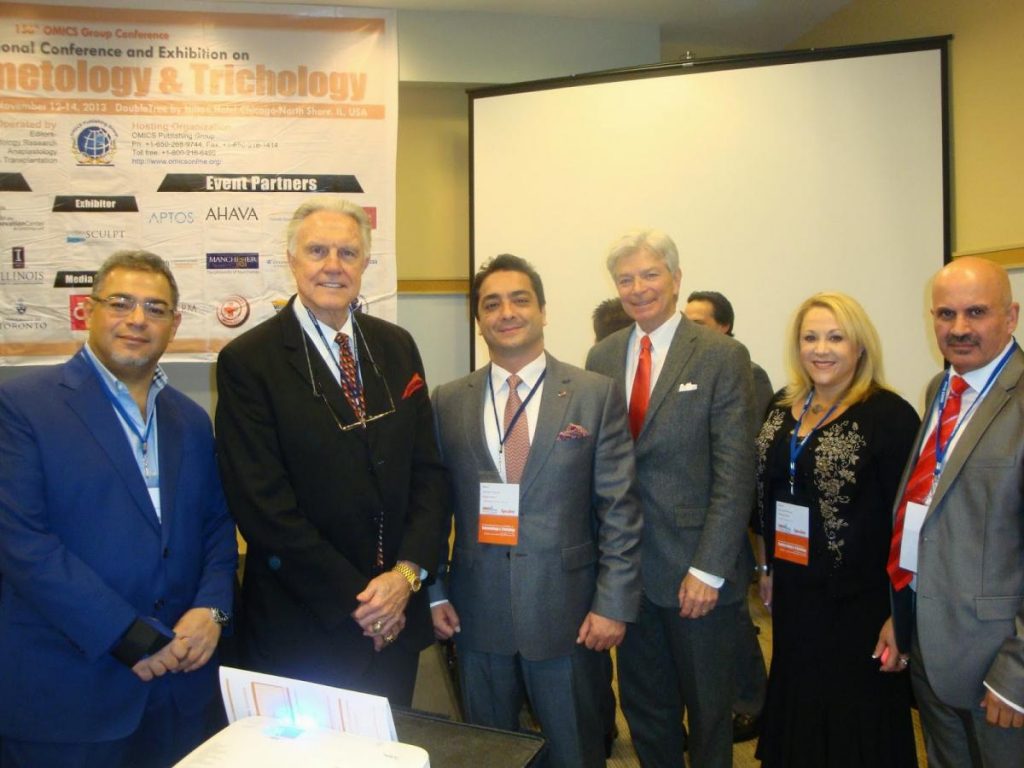
Smartlipo
The breast and chest asymmetries have been reported with varying incidences in patients requesting augmentation mammoplasty. However there is a paucity of information regarding the sizes of different implants used, their relative distribution on either side, complications and revision rates in this cohort when compared with primary augmentation mammoplasty using same size implants.
Dr Ayham Al-Ayoubi was interested to learn from the retrospective analysis of data prospectively collected using the Excel spread sheet was performed. All patients had Muscle Splitting technique for augmentation mammoplasty in asymmetrical breasts.
Patients requiring augmentation with mastopexy, sternal notch to nipple areolar complex level discrepancy of more than 1cm and patients having same size implants were excluded from the analysis. Insignificant asymmetries, not noticed by patients and
not concerned about the difference on information, were not chosen for two different size implants.
Patients, who chose two different size implants for mammoplasty, were divided into three groups based on the relative difference in the size of different implants used.
Primary augmentation mammoplasty in asymmetrical breasts using differential size implants is a procedure with low revision rates, provided strict exclusion criteria is used along with adequate informed consent in this group.




